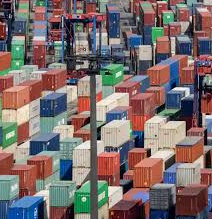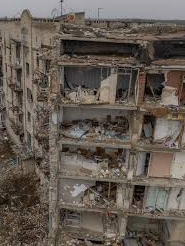Increased Supply Expected to Slow Momentum After Six Consecutive Quarters of Growth
SINGAPORE: Colliers’ Industrial Q1 2022 Report, released on May 13, highlights a potential slowdown in price and rental growth for industrial properties, following six straight quarters of increases. The surge in industrial supply this year, attributed to past construction delays, is expected to impact the sector as many occupiers, not in urgent need of space, may wait for more options to hit the market.
Notable projects coming online include Perennial Business City and Soilbuild Group’s Solaris @ Tai Seng, each with a gross floor area of 1.1 million sq ft, and the 0.9 million sq ft Logos eHub at Pandan Crescent. Overall, Colliers estimates that 25.9 million sq ft of new industrial space will be completed in 2022, while net absorption is projected to grow by 16.4 million sq ft.
The first quarter of 2022 saw 3.6 million sq ft of industrial space come online. During this period, industrial rents experienced the strongest quarterly growth since Q3 2013, rising 1 per cent. Prices also followed suit, rising by 3.1 per cent, the steepest increase since Q1 2014. Despite this, islandwide vacancy rates increased by 0.4 percentage points to 10.2 per cent in Q1 due to the uptick in supply.
With the reopening of Singapore’s borders, Lynus Pook, executive director of industrial services at Colliers, suggested that industrialists may diversify their supply chains, seeking alternative, cost-effective storage solutions and reducing the need to stockpile goods to mitigate supply chain disruptions.
Prime logistics rents saw the largest increase, growing by 1 per cent quarter-on-quarter and 8.6 per cent year-on-year, driven by third-party logistics players and end users requiring additional storage space. High-specification warehouse rents also increased by 0.7 per cent quarterly and 0.4 per cent yearly. Colliers predicts that older warehouses may be taken off the market for upgrades or redevelopment to meet the growing demand for these assets.
Although factory and warehouse rents showed no quarterly growth in Q1, they experienced a slight yearly increase of 0.3 per cent and 0.9 per cent, respectively, supported by Singapore’s continued strength as a manufacturing hub. However, Colliers pointed out that rising energy costs and geopolitical tensions could lead manufacturers to approach expansion plans with greater caution.
Business park rents remained unchanged in Q1, with a 0.5 per cent decrease year-on-year. However, Colliers observed that with limited supply of quality office space and rising office rents, demand from the tech and services industries may continue to spill over into city fringe business parks.
Colliers concluded that while the demand for more robust supply chains, a shift to a “just-in-case” strategy, and increased digitalisation should continue to support industrial rent and price growth, the pace of expansion is likely to be more measured moving forward.








